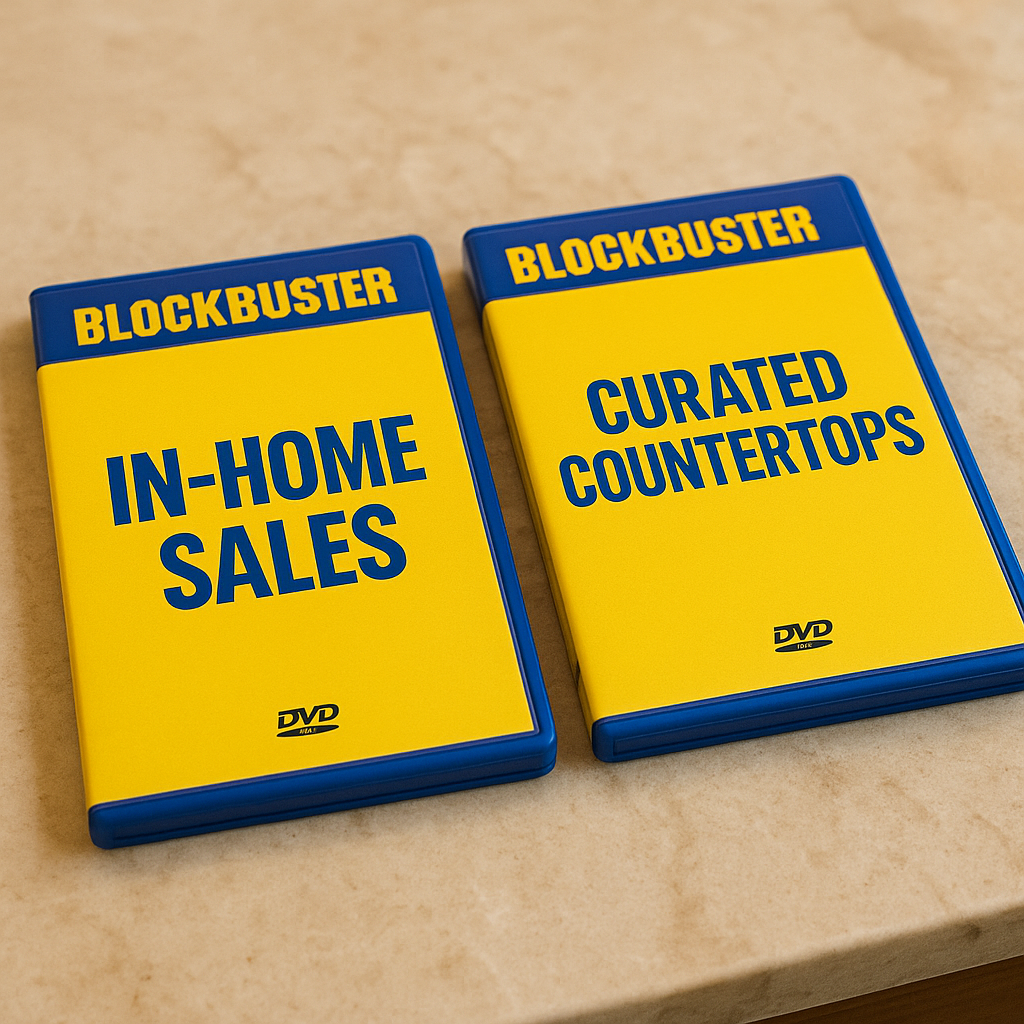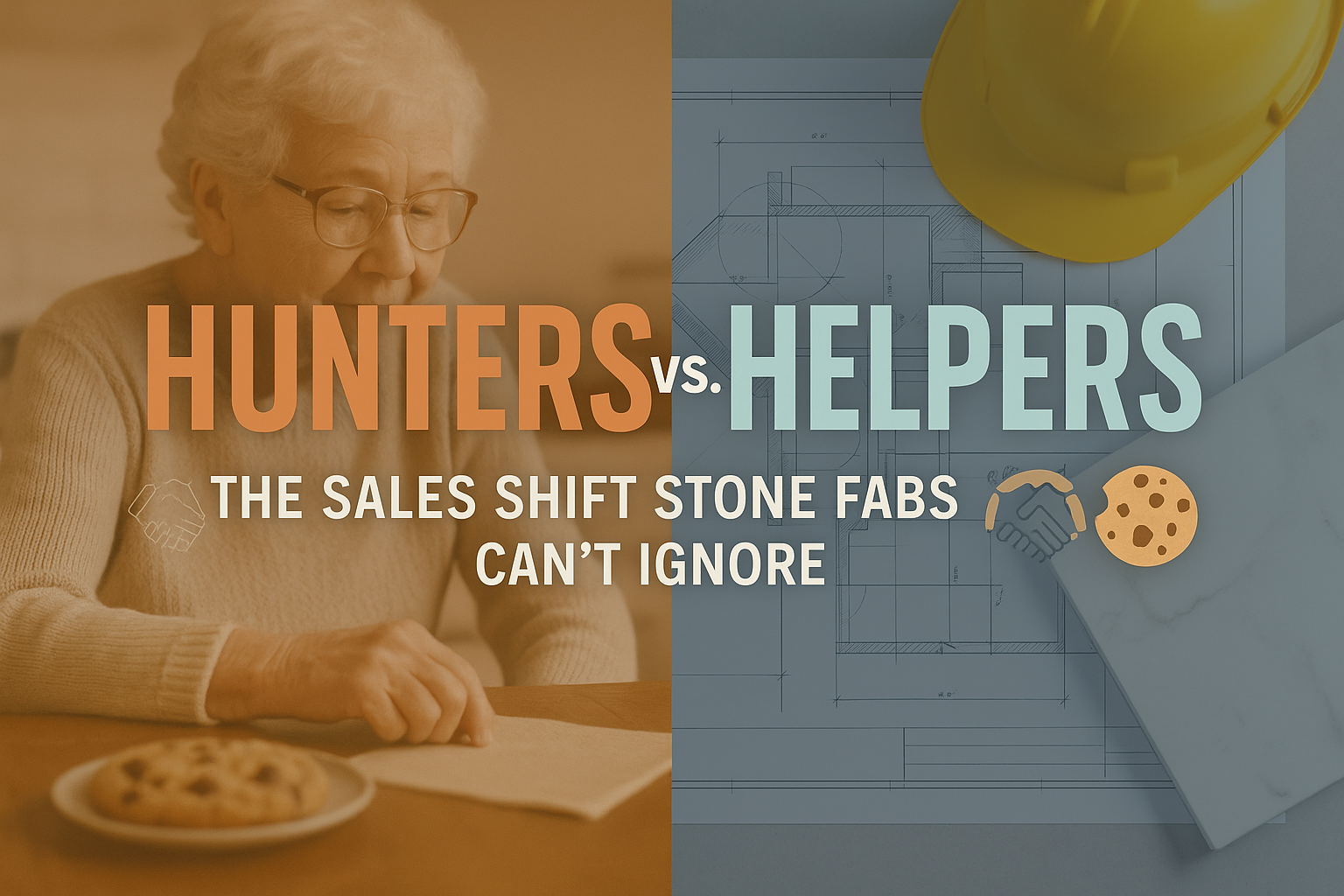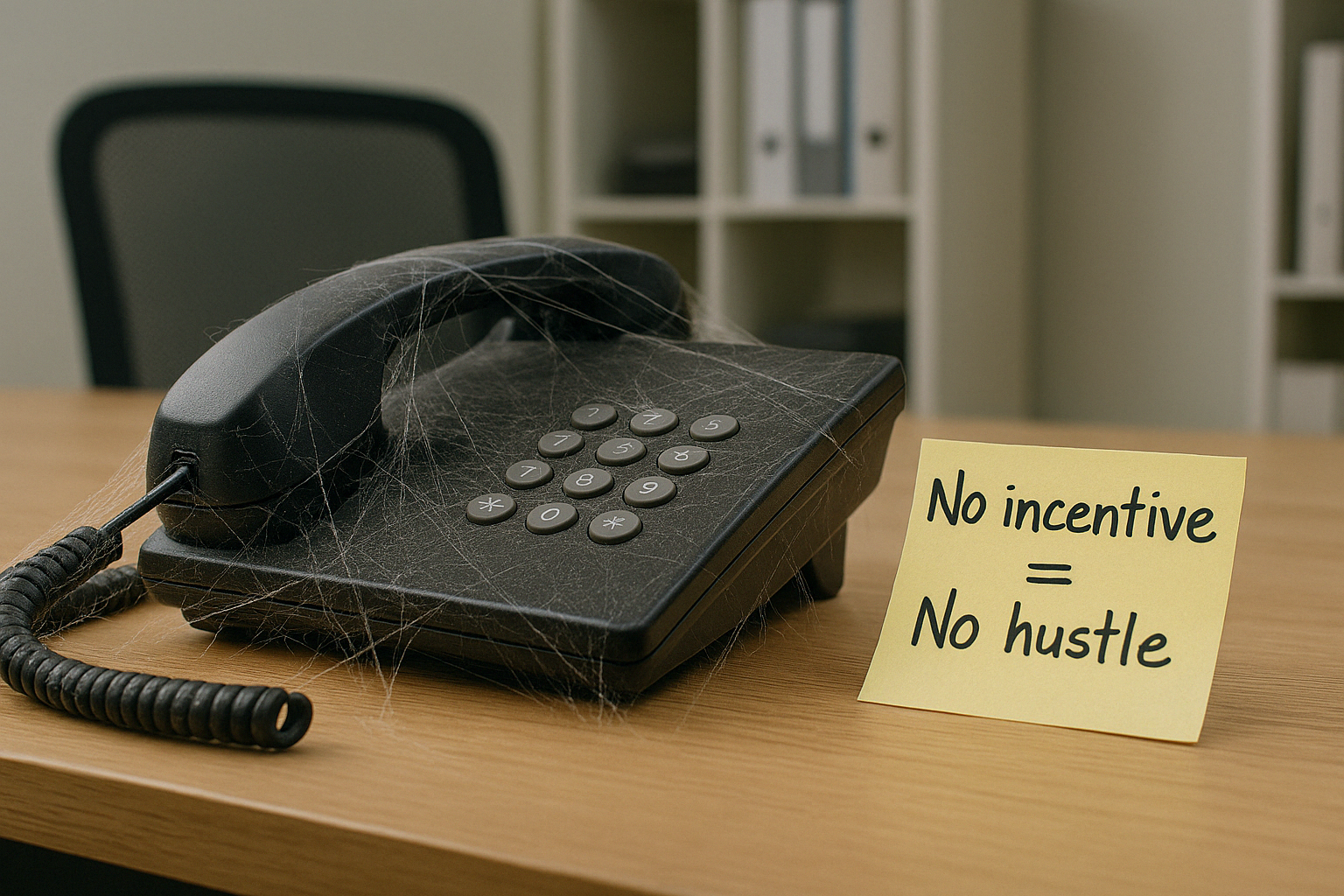Uncertainty right now is a real thing. We’re still recovering from COVID and we’ve just had the second- and third-largest bank failures in history. We have no idea what the fallout is or how the economy will perform moving forward. Regardless of what happens, you still need to run a strong shop and get the most from your machines and your people. So, if … it … does hit the fan, you’re prepared.
When there’s uncertainty, cutting costs and maximizing productivity are crucial. But isn’t it really important at any time? In some cases, you’ve invested between $250,000 and $500,000 in these machines. You should be pushing them to the limits to get maximum production.
Follow these steps and when you’re done, you’ll be breaking shop records, producing more slabs than you thought possible on your machines, and have a process that ANYONE can run if the dreaded turnover visits your door.
Why I Don’t Eat Chef Boyardee Ravioli
In my past life, I worked for the second-largest food-producing company in the world, ConAgra Foods. I was on a special technology team and I got to travel around the country to see how things were made, like Chef Boyardee, Egg Beaters, Swiss Miss, and more. I’ll eat all of it except for Chef Boyardee’s Ravioli. Not only do I not buy it, but I close my eyes when I walk by it in the grocery store. Trust me, you don’t want to know what’s in this stuff.
Outside of learning how these products are made, I was mentored by some of the best plant managers in the country and I noticed one consistent behavior among the best leaders. They all started by working with operators to understand the problems and inefficiencies. It makes sense if you think about it, but is often overlooked by managers.
Your employees have chosen to run your CNC or wet saw. They know they’re good at it, and, believe it or not, many of them enjoy it.
Shop Floor Productivity? Think NASCAR
I liken it to a NASCAR race. I’ll never forget the first race I went to — the speed, the power, the noise, the r-u-m-b-l-e. It’s exhilarating! You can literally feel it in your bones. But then, it was the circles. And more circles. Then, even more circles. How could anyone enjoy that for hours on end? Around and around and around.
Well, they do. And these people know how to run their machines better than anyone else, and they achieve things that are impossible for most. If you or I were in the driving seat, we could never do what these skilled and trained professionals could do. So, what is the one thing that would completely destroy the race in a matter of minutes — and it’s not a pileup?
STOP KEEPING SCORE.
If they stopped counting how many times they went around the track or what position they were in, why would they bother pushing their machines to the limit? Why can’t we tap into the same competitive environment to achieve on the shop floor?
Improve Production: Step by Step
Before you invest in that new machine, make sure you’re running your current machinery the best you can with the operators you have. Here’s how to do that.
Step 1: Track your downtime and create visibility.
Leaning into the NASCAR Theme, I own another company called ThriveMES that tracks and improves machine downtime all over the world. One of my favorite stories was about what we did for Amsoil, the premium oil company. In all types of manufacturing, there are changeovers. This is the time it takes to convert a machine from running one product to another. Amsoil does about three to four each day per manufacturing line. Their schedule was planned for 20 to 25 minutes per changeover. Once they started tracking it, they found it was actually closer to 45 minutes. Imagine how that adds up across dozens of lines!
After measuring it, they were able to manage it. They went from 45 minutes to under 20 minutes per changeover. This enabled them to run their busiest time of year without any overtime and make preventative maintenance a priority to keep the machines in tip-top shape without messing with the production schedule.
Staying with the NASCAR theme, another customer, AIRLIFT (they invented the air suspension that helps cars hug corners), found out that some machines just far outperformed others. They actually ended up shifting all their production to a handful of operators and machines, and significantly increased output. Do you know which machines and operators in your shop work most efficiently? You are likely shorthanded, so you may be able to consolidate your production into fewer machines to work more efficiently or maybe even with fewer operators. But, you don’t know if you don’t measure it.
Step 2: Create a competition.
Once you measure it, you have the facts you need to see what’s causing you the most downtime. So, how do you manage it? I had a client who said his bottleneck was the wet saw. He was considering kicking out a wall and buying a new wet saw. So, we started tracking his machine usage — the percentage of time the machine is running during a scheduled shift. You get that by subtracting the downtime from the amount of time it should be running.
His average machine usage was 65%. That meant for more than a third of the day, his wet saw wasn’t running. In an eight-hour shift, that’s about three hours of total downtime. That’s a lot of wasted time that machine isn’t producing. When we showed the operator we were tracking production, he started to pay attention. Within a few weeks, machine usage jumped to 85%. That’s an extra 1.5 hours of production — just because we were keeping score.
Now, I can’t say he didn’t do anything differently, because obviously he did. But what?
Step 3: Document the process.
Once you’ve improved the process, you need to document what changed to capture that knowledge for the future. As your operator has pushed the limits, ask what they’re doing differently. Can it be documented?
With this client, we discovered that the time between jobs had been reduced from eight minutes to five minutes. Over the course of a day, that’s a big deal. The operator had changed the job-to-job process. By documenting what he was doing differently, we made it part of the standard operating procedure for any operator. This is especially important in dealing with the inevitable turnover that’s likely to occur in the future. Better processes become part of the training for replacements.
If you don’t have the time or capacity to document, here’s a suggestion. Talk to your local mechanical or industrial engineering college. Ask to participate in a school project or offer an internship or school project to document your process. I’ve seen it done. These kids are so excited to document your process and get some real-world experience — and it’s free!
Another idea is to consider discretely setting up a camera. While you don’t want to spy on your employees, recording the workflow can help you find places you can streamline operations. You can pick up a Wyze Camera and SD card. They’re cheap but work just fine and can store weeks and weeks of footage. Reviewing the video can help uncover patterns that create inefficiencies. And maybe you’re not going to do this yourself, but you could enlist that college student to do it. You get the info and they get the experience. Win-win.
Tracking your downtime, creating competition and keeping score, and documenting your processes can produce significant results. You can uncover the roadblocks that are preventing you from operating at peak efficiency, so you can take proactive steps to improve productivity. Instead of running in circles, you can start running circles around your competition — just like the NASCAR drivers do on their victory lap.
—-
Tim Saddoris is the president of Grand Onyx, a firm dedicated to building world-class surface fabricators. Grand Onyx helps companies define operational processes and create road maps to achievements that enable more predictable revenue, stronger margins and foster legacy businesses that stand the test of time. To learn how Grand Onyx can help with hiring or automating your business, visit www.GrandOnyx.Pro. Tim’s always willing to connect … AFTER the NASCAR race is over.





